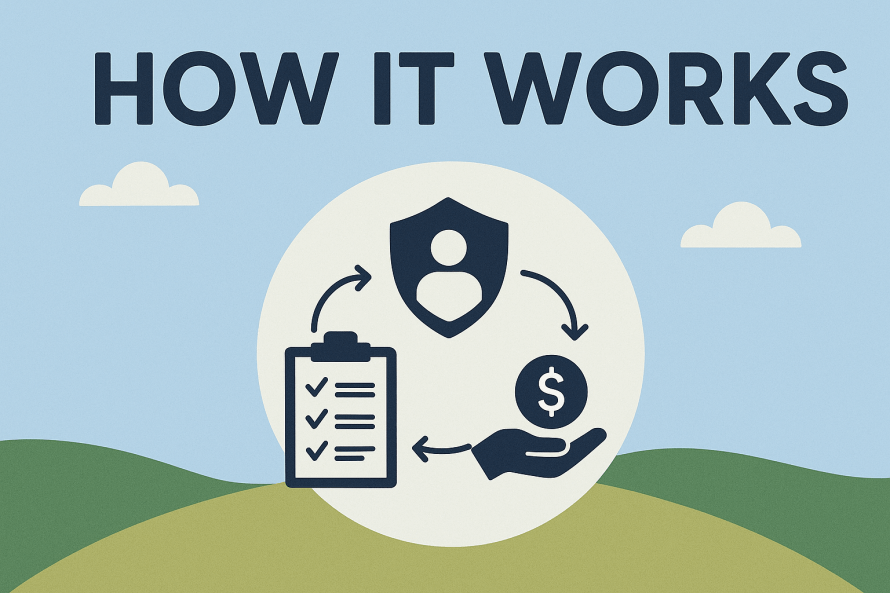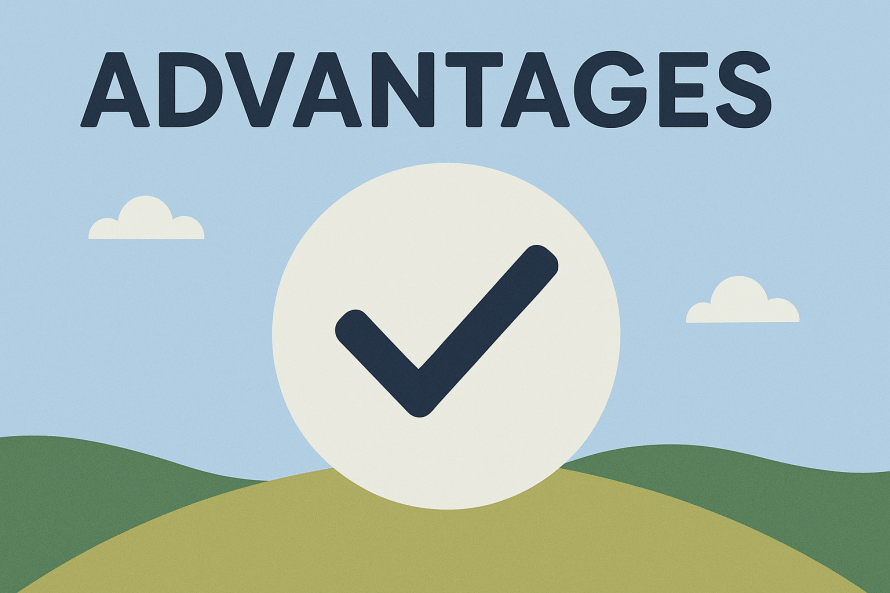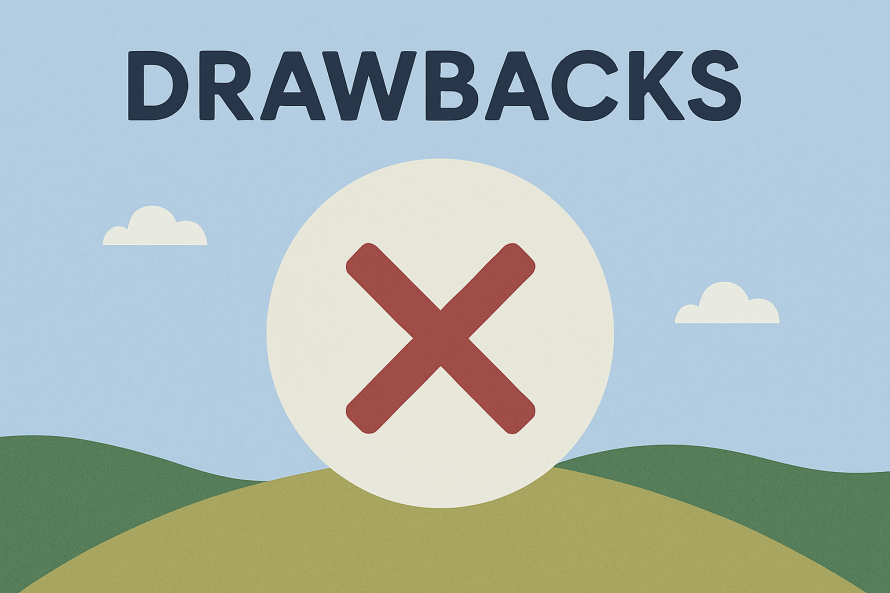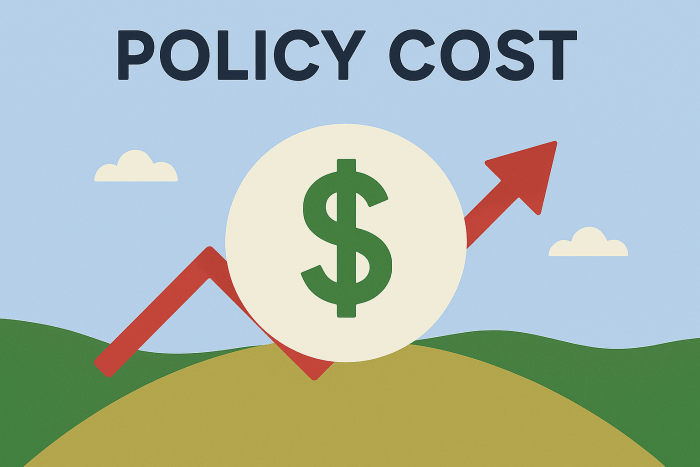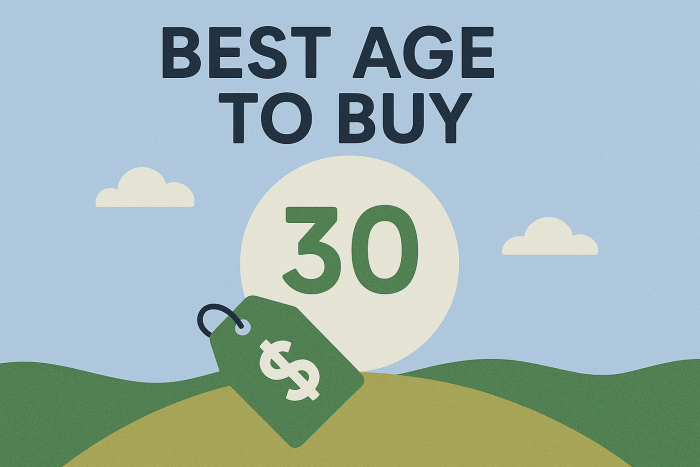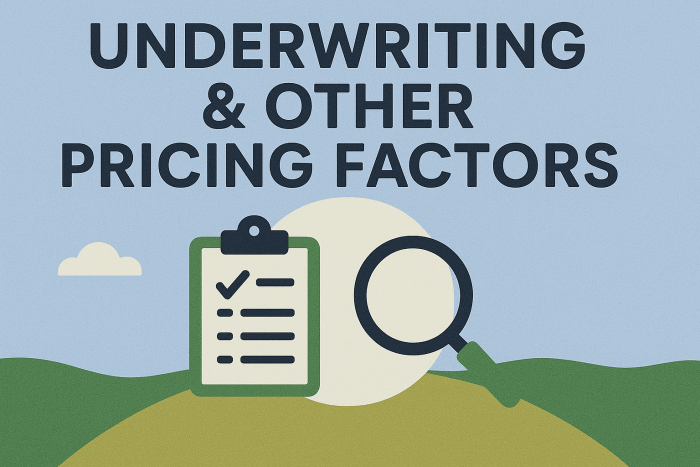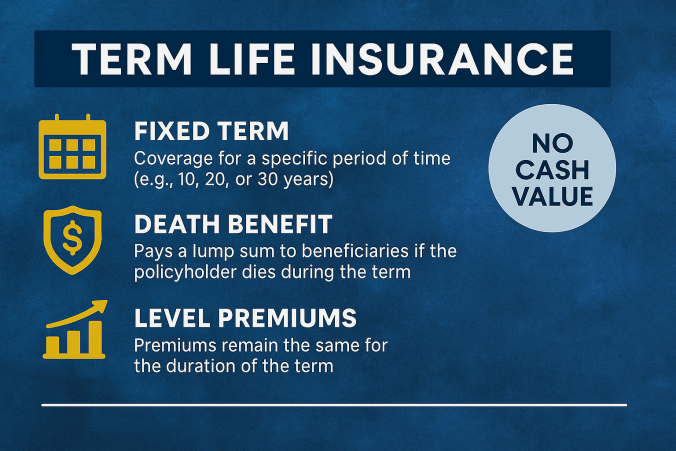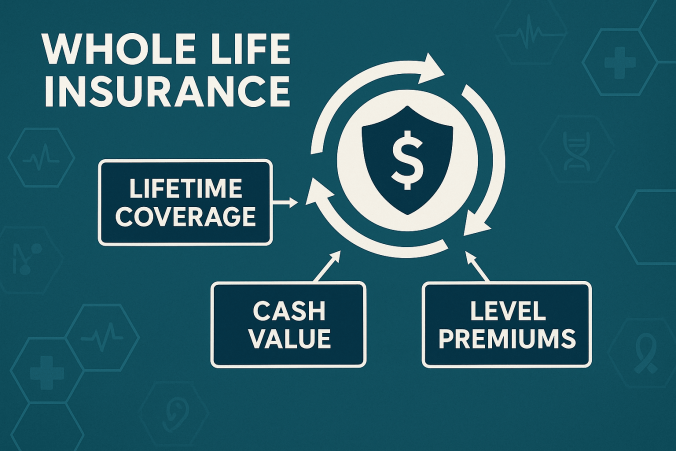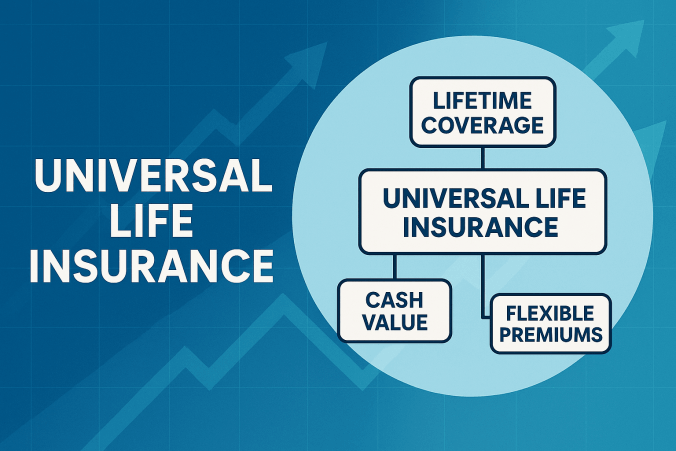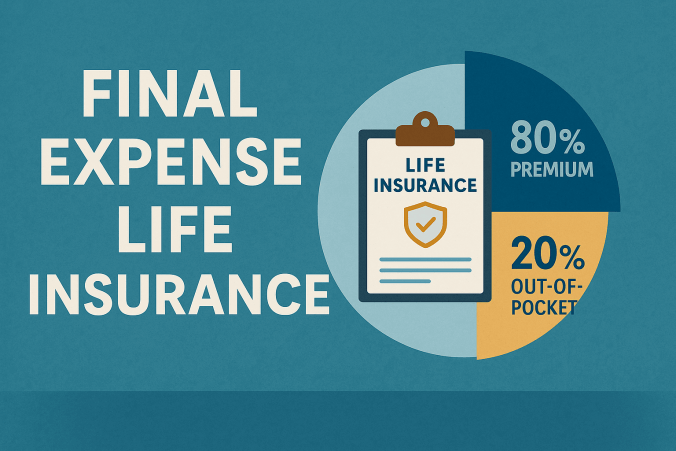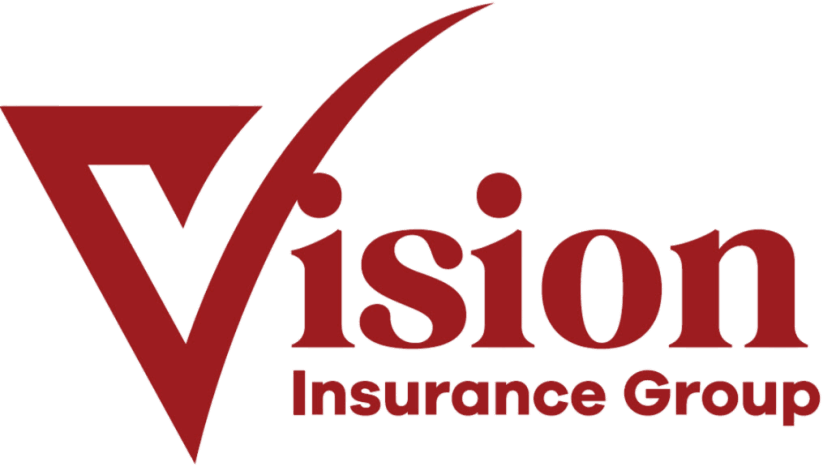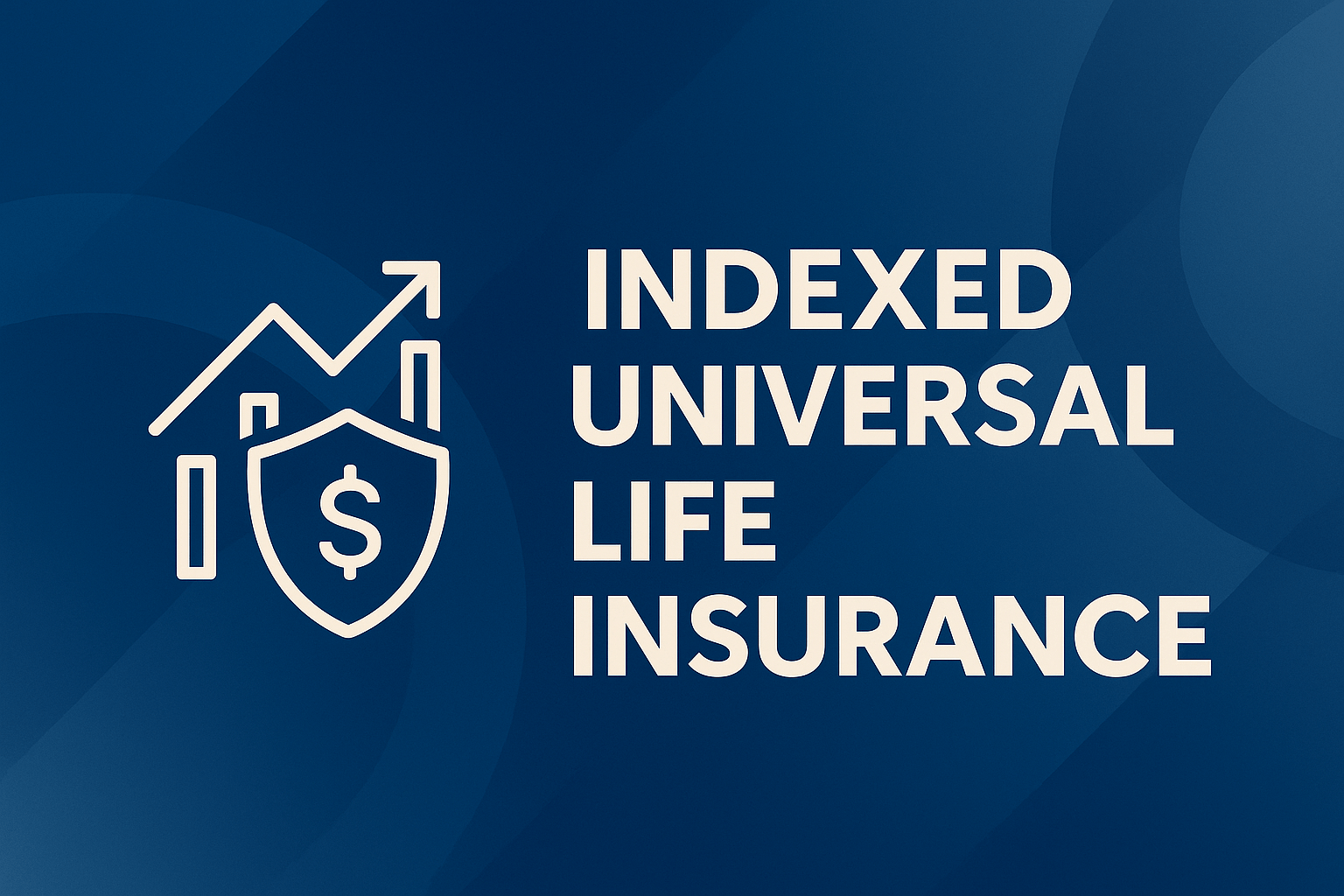
Indexed Universal Life Insurance
Indexed Universal Life Insurance (IUL) is a type of permanent life insurance that combines lifetime coverage with the potential for cash value growth linked to the performance of a stock market index, such as the S&P 500. Like traditional universal life insurance, IUL offers flexibility in premium payments and the ability to adjust the death benefit over time, but it differs in how the cash value grows. Instead of earning a fixed interest rate, the cash value in an IUL is credited with interest based on the performance of the selected index — without directly investing in the stock market. This means policyholders can benefit from market upswings through a cap rate (maximum interest credited) and are protected from losses by a floor rate (often 0% or 1%), ensuring the account value does not decrease due to poor market performance. IUL policies can be used for tax-advantaged wealth accumulation, supplemental retirement income, and estate planning, making them popular for individuals seeking both protection and the opportunity for market-linked growth with built-in downside protection.

